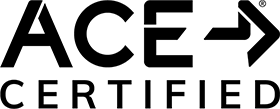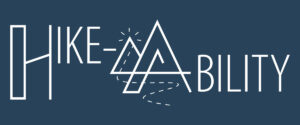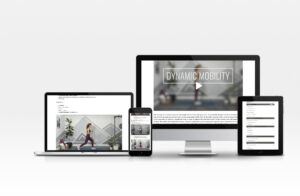Your cart is currently empty!

Wearable Fitness Trackers – They’re more than a step or calorie counter!
—
by
A heart rate monitor (HRM)/fitness tracker can be a beneficial piece of exercise equipment that not only measures your cardiorespiratory fitness level, but also helps guide your workouts and allows you to train smarter.
Wearable fitness trackers have come a long way since the basic step-counters (pedometer). Now, these devices commonly have features such as:
- Resting heart rate
- Training heart rate (very beneficial for target heart rate training/aerobic zone training)
- Distance
- Speed
- Approximate calories burned
- Heart rate variability (HRV)
- Stopwatch functions
- Lap Times
- GPS, altimeter, and barometer functions (usually only the more expensive models)
- Sleep analysis
How to choose a wearable fitness tracker/HRM:
When it comes to finding a HRM model that’s best for you, you’ll want to take your needs, goals, budget, and your level of tech savviness into account. In most cases you don’t need one that has a ton of features, but you should invest in one that has good consumer reviews, provides accurate heart rate recordings, and offers the features you are interested in (and that you think you’ll actually use). The information obtained from a wearable tracker/HRM is only valuable if it’s accurate and you know how to use/interpret the collected data.
It’s important to know that not all HRMs are created equal. The grip sensors on workout equipment use touch sensors to collect signals through your hand. One obvious downside to this model is that you won’t get a continuous readout during your workout. Fitbits, most modern smart watches (Apple Watch, Garmin, Samsung), and other wearable devices like the smart ring (Oura) use light sensitive photodiodes and sensors that rest against your skin to detect your pulse rate. These types of wearables are accessible, convenient, and overall an excellent option for most people. Devices that include a chest strap monitor provide the most accurate heart rate information, especially during exercise. Chest strap monitors use built-in electrodes that record your heart rate and then transmits the information to your watch or exercise equipment in real-time.
Why is monitoring your heart rate important?
Your heart rate acts as a gauge for measuring your workout intensity. This is especially important for target heart rate/intensity zone training. When you understand and apply zone training you can be confident that you are exercising at the appropriate intensity for your fitness goals. Without a HRM one could unknowing under-train or over-train, both of which slow or hinder your progress towards better hiking fitness.
If you’d like to know more about the benefits of aerobic exercise and intensity zone training, visit my blog article (click here) for more information about cardiorespiratory fitness.

If you’re interested in learning how to determine your target aerobic heart rate and how to apply zone training to improve your hiking endurance and performance, enroll in the HIKE-ABILITY Training Program.
Adventure awaits… be ready for it!
Kristen, CPT and creator of the HIKE-ABILITY Training Program

Disclaimer: All information, content, and material (including associated text, videos, and links) on this website is provided in good faith and is for informational and educational purposes only. It is not intended to serve as a substitute for the consultation, diagnosis, and/or medical treatment of a qualified physician or healthcare provider. All exercise has inherent risks. Before beginning any type of exercise, please consult your health care provider.




Leave a Reply